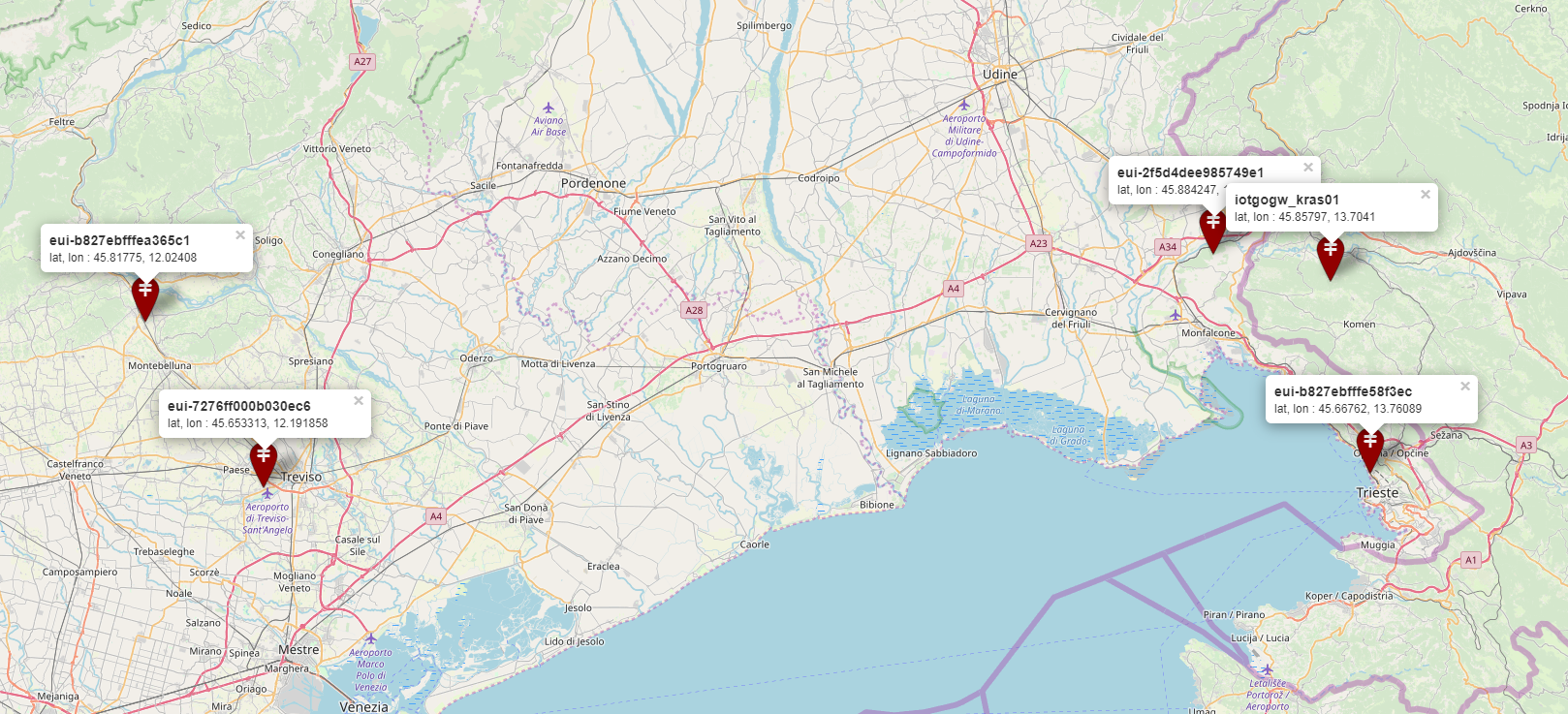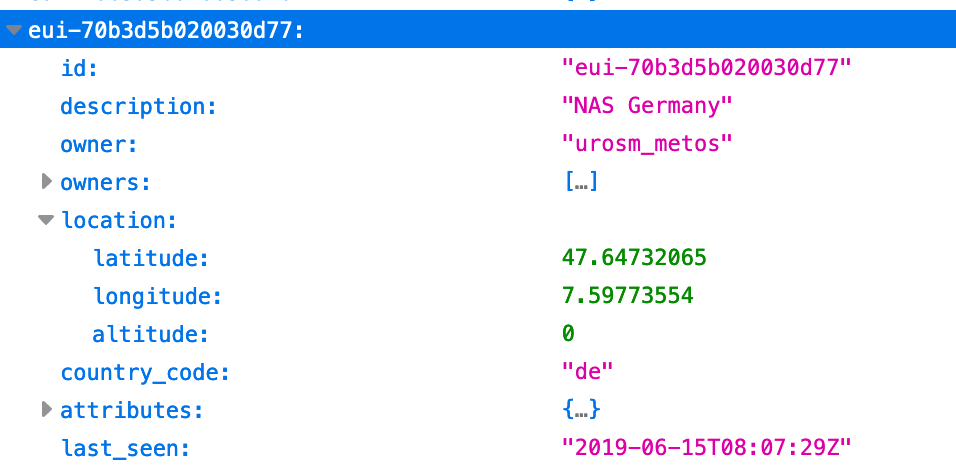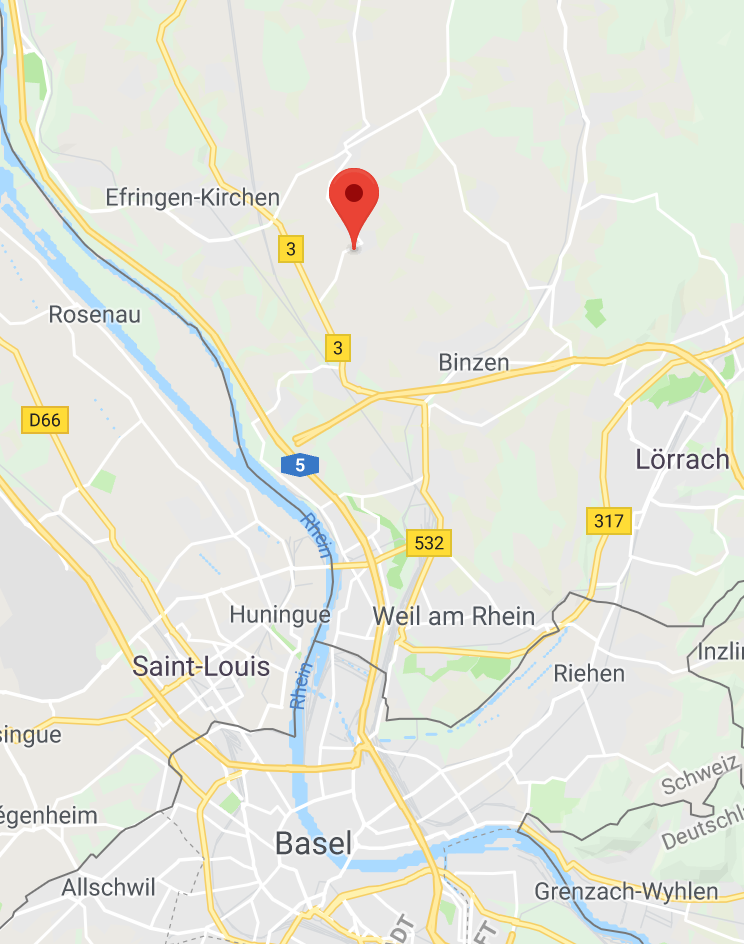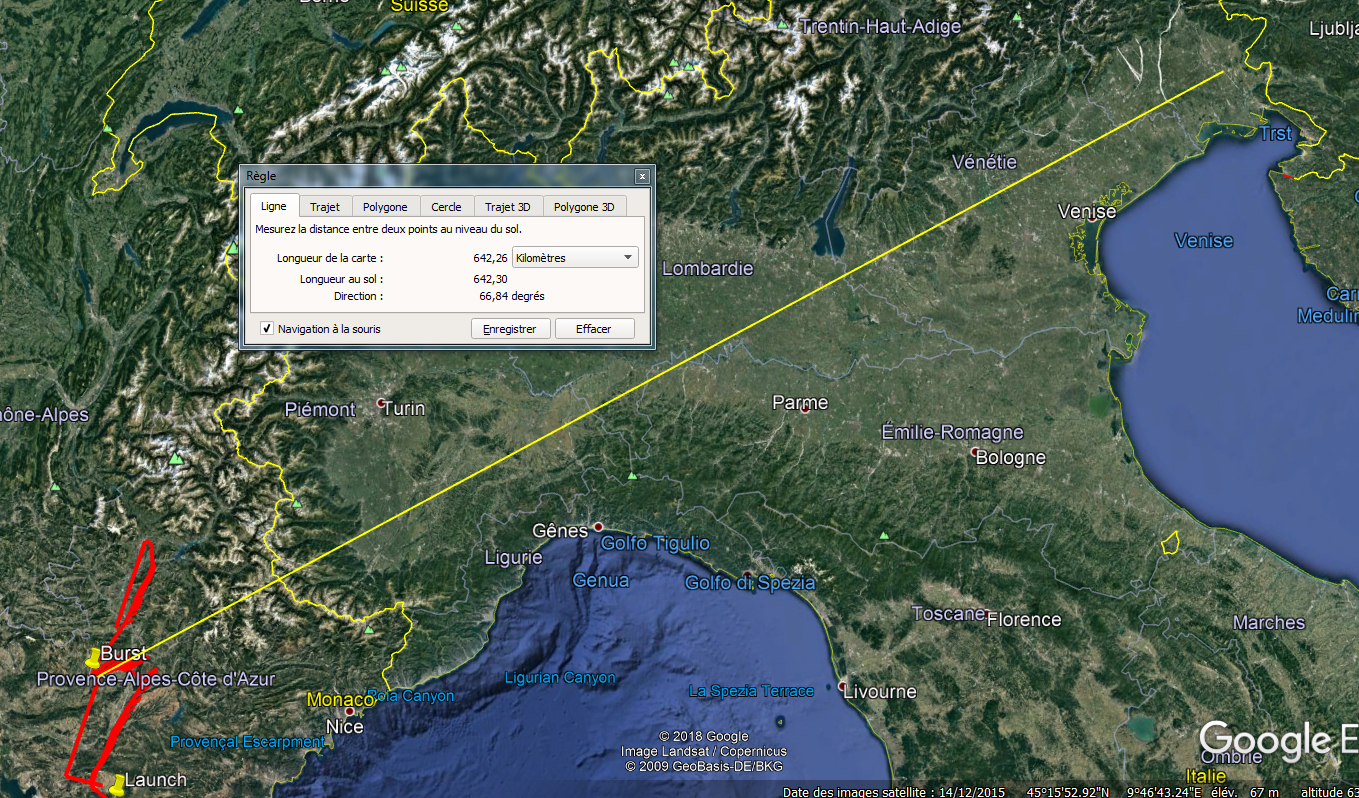2019-06-11T12:55:55.529753Z,"[""eui-0000024b08031311""]",[-112],[5.2],[43.47499],[5.60772],[215],[2778495899]
2019-06-11T12:56:11.279231Z,"[""eui-0000024b08031311""]",[-107],[6.8],[43.47499],[5.60772],[215],[2794245380]
2019-06-11T12:56:29.849569Z,"[""eui-0000024b08031311""]",[-114],[4],[43.47497],[5.6077],[219],[2812815724]
2019-06-11T12:57:04.558431Z,"[""eui-0000024b08031311""]",[-110],[5.2],[43.47496],[5.60768],[224],[2847524595]
2019-06-11T12:57:20.310133Z,"[""eui-0000024b08031311""]",[-111],[8],[43.47496],[5.60768],[224],[2863276300]
2019-06-11T12:57:38.882919Z,"[""eui-0000024b08031311""]",[-107],[4.8],[43.47495],[5.60769],[224],[2881849092]
2019-06-11T12:58:29.350203Z,"[""eui-0000024b08031311""]",[-109],[6.2],[43.47497],[5.60768],[225],[2932316388]
2019-06-11T12:58:47.923349Z,"[""eui-0000024b08031311""]",[-119],[-7.2],[43.47497],[5.60768],[225],[2950889540]
2019-06-11T12:59:22.635067Z,"[""eui-0000024b08031311""]",[-108],[6.5],[43.47498],[5.60768],[226],[2985601267]
2019-06-11T12:59:38.388049Z,"[""eui-0000024b08031311""]",[-109],[3.2],[43.47496],[5.60768],[228],[3001354252]
This file has been truncated. show original
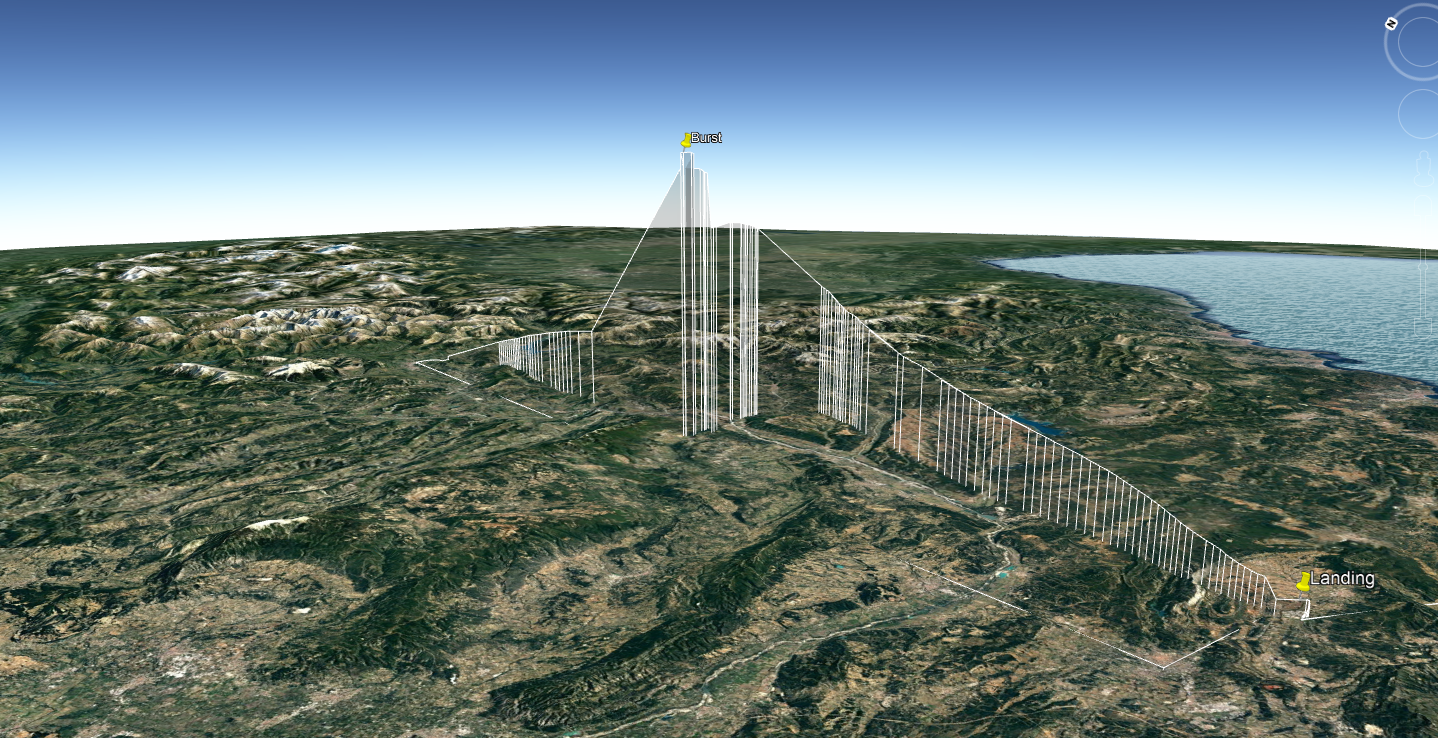
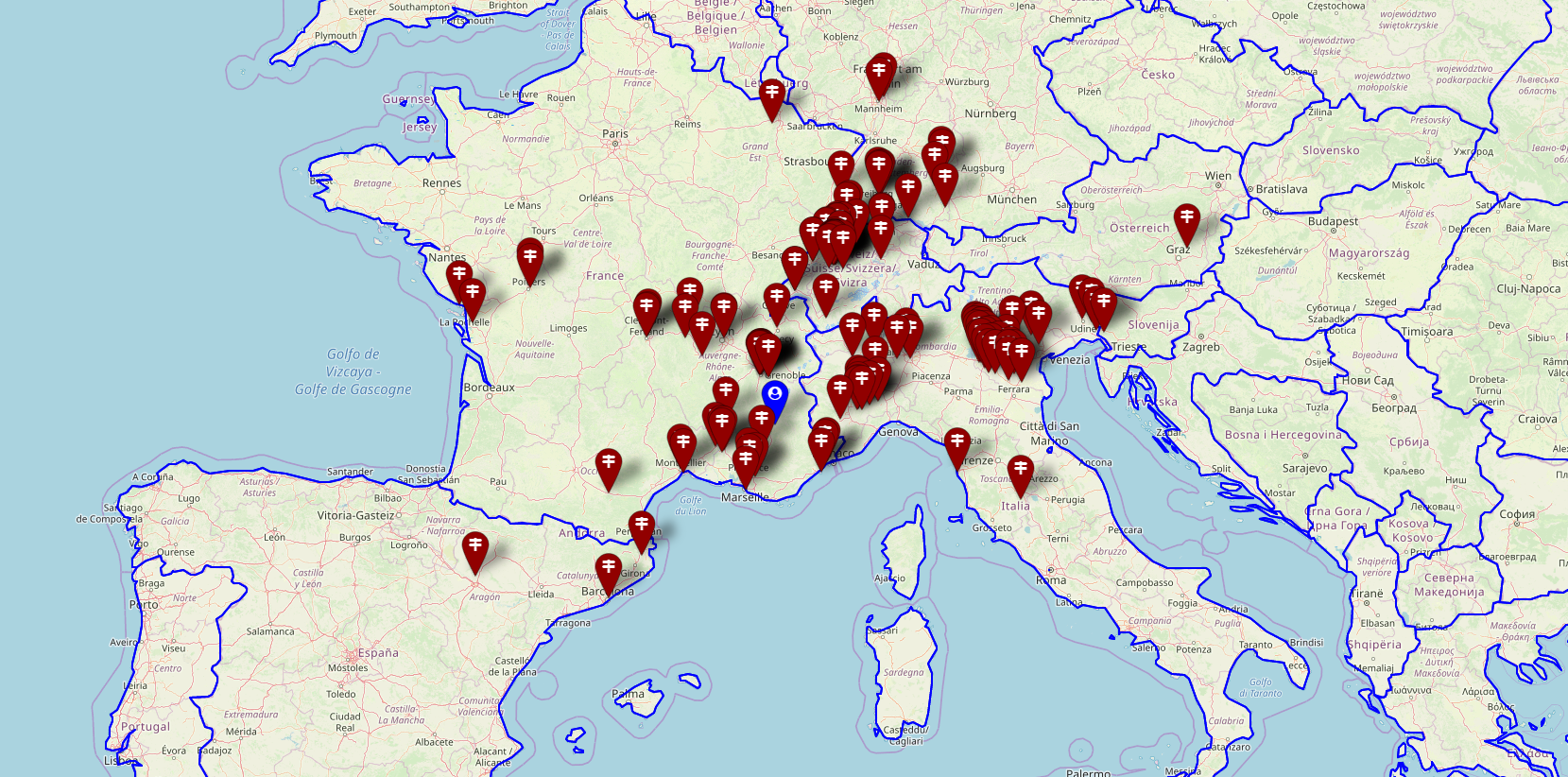
 (or better, gateway of the University of Udine, Italy). Do you have a better map of reached gateways?
(or better, gateway of the University of Udine, Italy). Do you have a better map of reached gateways?